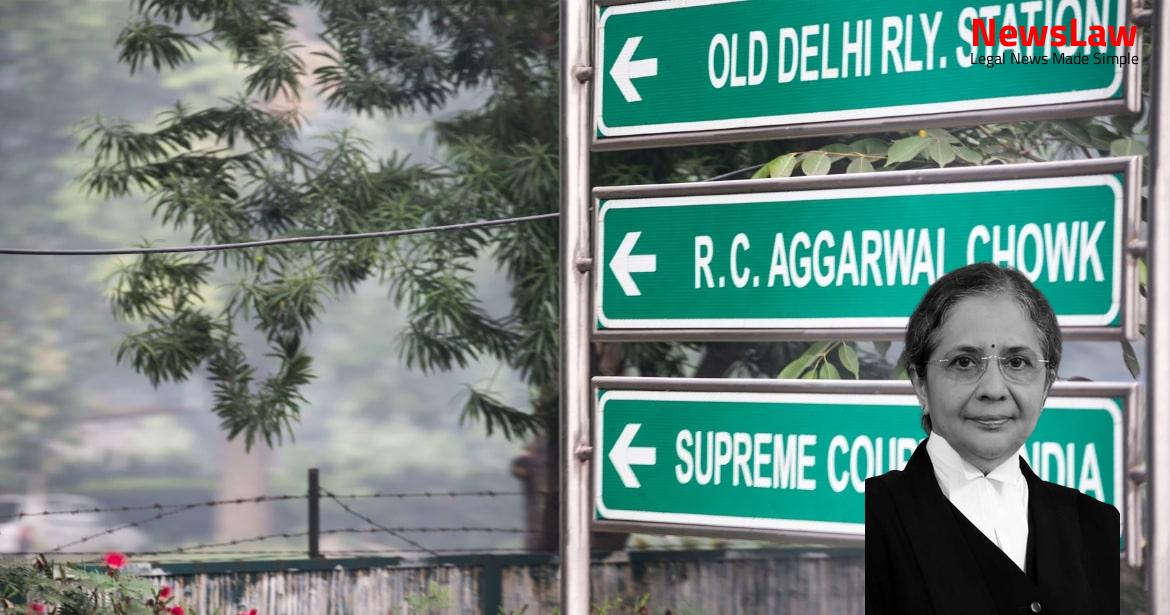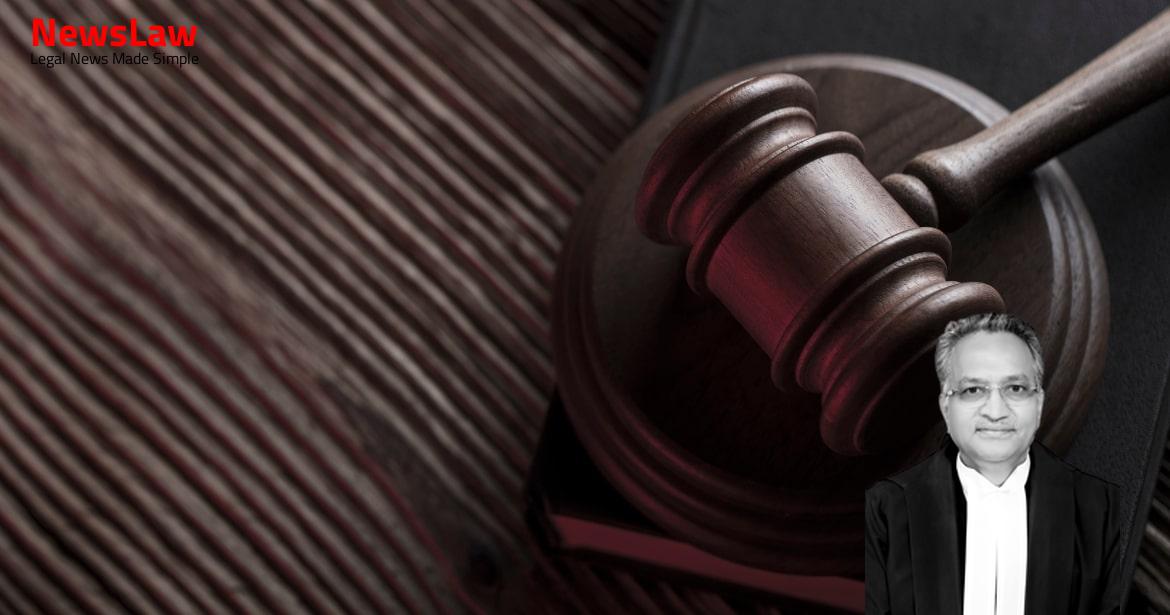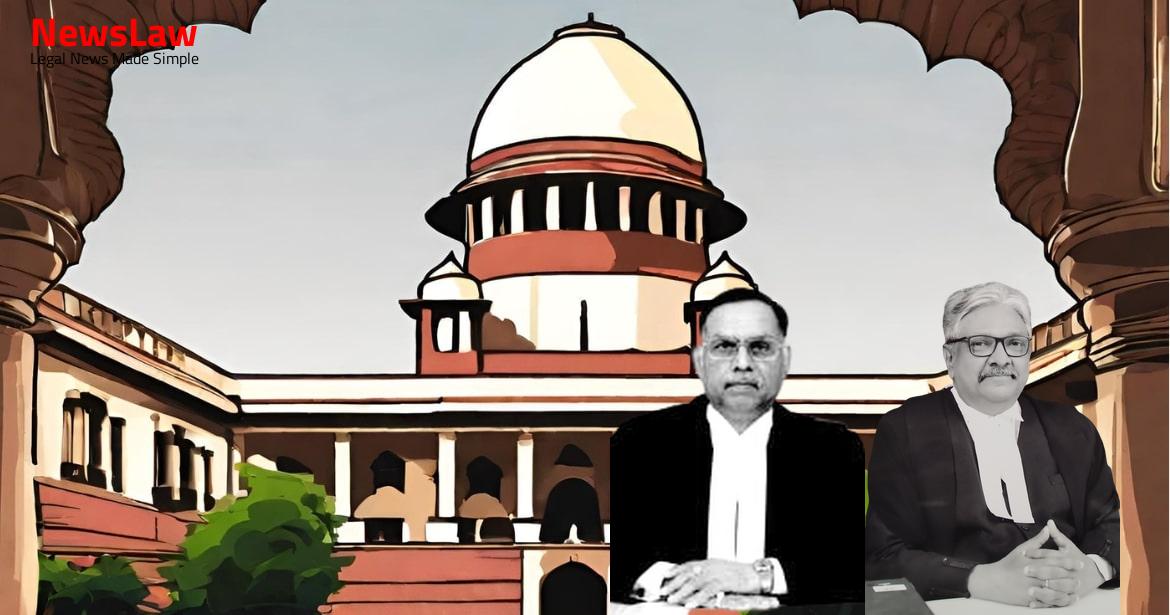436/2014, 2 482/2014, 490/2014, 175/2015 and 176/2015, whereby the High Court while dismissing the said appeals has confirmed the judgment and order dated 22 July, 2014 passed by the Sessions Judge, Coimbatore (hereinafter referred to as the “Trial Court”) in Sessions Case No 187/2008. 2,000/-
Also Read: https://newslaw.in/case-type/civil/courts-analysis-on-compliance-with-resolution-plan-conditions/
each in default to undergo simple imprisonment for six months.
2,000/- each in default to undergo simple imprisonment for six months. 2,000/- each in default to undergo simple imprisonment for six months. When John Thomas arrived in the Ambassador Car at the said place, accused no.1 made the accused no.4 Rajesh to hire the said Ambassador Car for two hours and requested John Thomas to come by 12:30 P.M. All the accused thereafter got into the said Ambassador Car and proceeded towards Ammapatty and at about 02:45 P.M., all the five accused made the driver John Thomas stop the car near an isolated place on the road between Vadaboothanam and Ammapatti 5 Road. 1 and 2 were charged for the offence under Section 302 r/w 120(B)/149 I.P.C.
The learned counsel for the appellants further submitted that the last seen theory propounded by the prosecution also could not have been relied upon in view of the fact that the statements of PW-6 and PW-7, who had allegedly seen the deceased with the accused no.1, were recorded about six months after the alleged incident of the deceased having gone missing.
Also Read: https://newslaw.in/supreme-court/recall-of-order-and-legal-analysis-on-resolution-plan-requirements/
At the outset, it may be stated that the entire case of prosecution rested on the circumstantial evidence. State of Maharashtra where the following observations were made: “Certainly, it is a primary principle that the accused must be and not merely may be guilty before a court can convict and the mental distance between’may be’ and’must be’ is long and divides vague conjectures from sure conclusions.”
(1984) 4 SCC 116.
Heavy reliance was placed by the prosecution on the extra judicial confession made by the accused no.1 through an Inland letter addressed to P.W.-19 Karthikeyan, former employer of the accused no. In the instant case, the prosecution having not examined the handwriting expert for proving the handwritings of the accused no.1 contained in the Inland letter allegedly addressed to the PW- 19, nor any expert’s opinion having been obtained, in our opinion, the High Court had rightly discarded the said piece of evidence with regard to the alleged extra judicial confession made by the accused no.1. He (PW-6) noticed that the accused no.1 was talking to the deceased for a while, and thereafter the accused no.1 got into the front seat of the car and then both went away in the car. The PW-6 in the cross-examination had admitted that he had come to know about the deceased having gone missing within one week of his having seen the deceased with the accused no. When there was huge time gap of about more than six months between the date of the incident and the date of recording of statements of witnesses by the Investigating Officer, the Test Identification Parade would have assisted the police in identifying the accused seen by the PW-7, however no such TI Parade was held by the Investigating Officer. The failure of the accused, in a case based on circumstantial evidence which included “last seen together theory”, to explain under Section 313 Cr.PC as to under what circumstances the victim suffered death, would also not be a ground to arrive at an irresistible conclusion that the accused were involved in the commission of the alleged crime.
In the present case, since the super-imposition report was not supported by any other reliable medical evidence like a DNA report or post-mortem report, it would be very risky to convict the accused believing the identification of the dead body of the victim through the super-imposition test. , though in a case of direct evidence, motive would not be relevant, in a case of circumstantial evidence, motive plays an important link to complete the chain of circumstances. The prosecution having failed to establish through clinching, clear, cogent and consistent evidence, the chain of events, on the basis of which the guilt of the appellants-accused could be established, in our opinion, the Courts below had committed an error in accepting the case of prosecution and convicting them for the alleged crime. [UDAY UMESH LALIT] NEW DELHI
Case Title: S. KALEESWARAN Vs. STATE BY THE INSPECTOR OF POLICE (2022 INSC 1157)
Case Number: Crl.A. No.-000160-000160 / 2017



